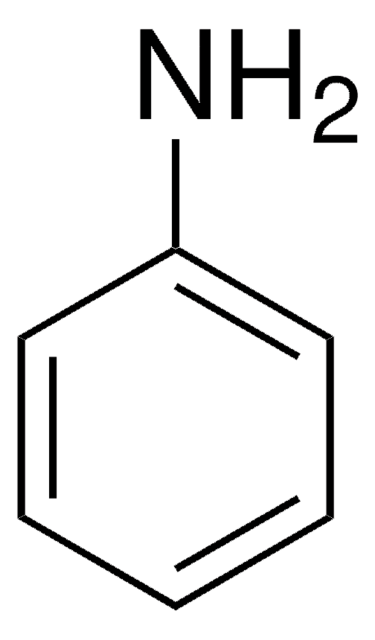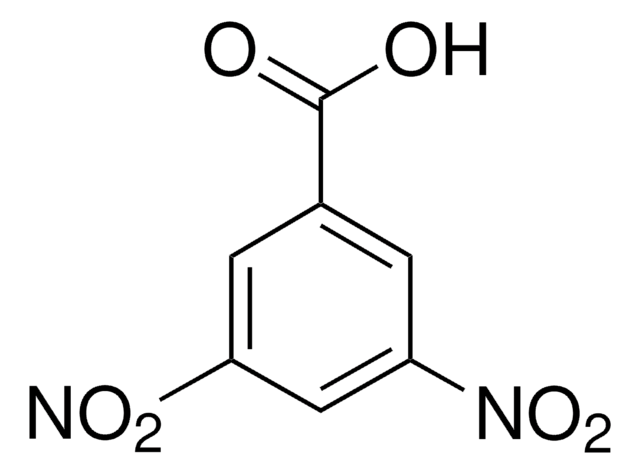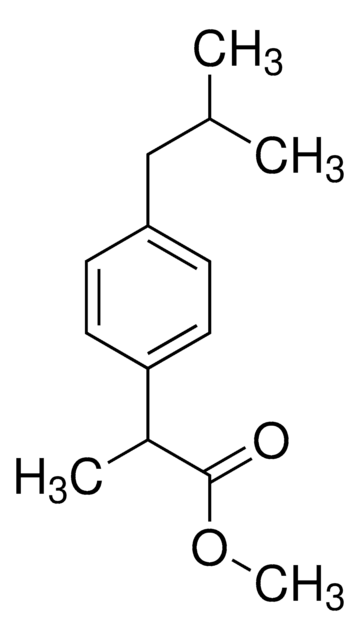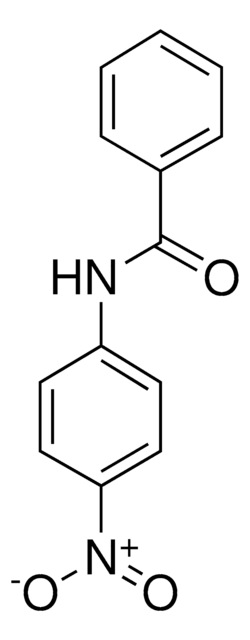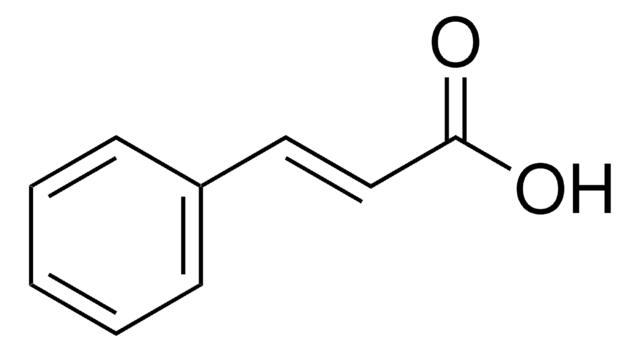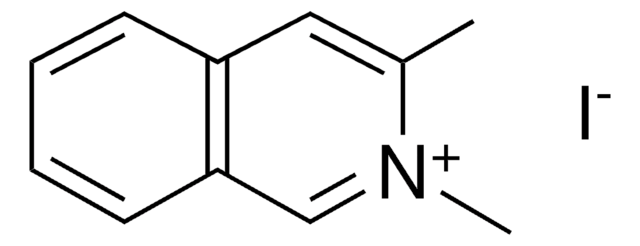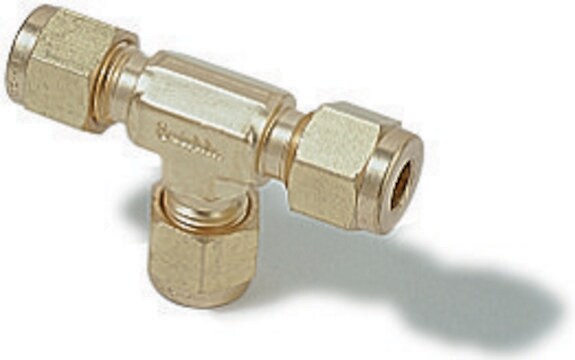MAB328-I
Anti-Oligodendrocytes Antibody, clone CE-1
Synonim(y):
Myelin-oligodendrocyte glycoprotein
About This Item
Polecane produkty
pochodzenie biologiczne
mouse
Poziom jakości
forma przeciwciała
purified antibody
rodzaj przeciwciała
primary antibodies
klon
CE-1, monoclonal
oczyszczone przez
affinity chromatography
reaktywność gatunkowa
rat, human, mouse
opakowanie
antibody small pack of 100 μg
metody
immunocytochemistry: suitable
immunofluorescence: suitable
immunohistochemistry: suitable
western blot: suitable
izotyp
IgM
sekwencja epitopowa
Unknown
temp. przechowywania
2-8°C
docelowa modyfikacja potranslacyjna
unmodified
Opis ogólny
Specyficzność
Immunogen
Zastosowanie
Evaluated by Immunocytochemistry in Rat oligodendrocytes.
Immunocytochemistry Analysis: A 1:250 dilution of this antibody detected Rat Oligodendrocytes.
Tested Applications
Western Blotting Analysis: A representative lot detected Oligodendrocytes in Western Blotting application (Goolsby, J., et al. (2003). Proc Natl Acad Sci USA. 100(25):14926-31).
Immunocytochemistry Analysis: A representative lot detected Oligodendrocytes in Immunocytochemistry application (Goolsby, J., et al. (2003). Proc Natl Acad Sci USA. 100(25):14926-31; Glavaski-Joksimovic, A., et al. (2009). Neuroscience. 162(2):472-81).
Immunofluorescence Analysis: A representative lot detected Oligodendrocytes in Immunofluorescence applications (Dubreuil, C., et al. (2003). J Cell Biol. 162(2):233-43; Glavaski-Joksimovic, A., et al. (2009). Neuroscience. 162(2):472-81; Wuthrich, C., et al. (2012). J Neuropathol Exp Neurol. 71(1):54-65).
Immunohistochemistry Applications: A representative lot detected Oligodendrocytes in Immunohistochemistry applications (Dubreuil, C., et al. (2003). J Cell Biol. 162(2):233-43; Glavaski-Joksimovic, A., et al. (2009). Neuroscience. 162(2):472-81; Wuthrich, C., et al. (2012). J Neuropathol Exp Neurol. 71(1):54-65).
Note: Actual optimal working dilutions must be determined by end user as specimens, and experimental conditions may vary with the end user.
Postać fizyczna
Rekonstytucja
Przechowywanie i stabilność
Inne uwagi
Oświadczenie o zrzeczeniu się odpowiedzialności
Nie możesz znaleźć właściwego produktu?
Wypróbuj nasz Narzędzie selektora produktów.
Kod klasy składowania
12 - Non Combustible Liquids
Klasa zagrożenia wodnego (WGK)
WGK 2
Temperatura zapłonu (°F)
Not applicable
Temperatura zapłonu (°C)
Not applicable
Certyfikaty analizy (CoA)
Poszukaj Certyfikaty analizy (CoA), wpisując numer partii/serii produktów. Numery serii i partii można znaleźć na etykiecie produktu po słowach „seria” lub „partia”.
Masz już ten produkt?
Dokumenty związane z niedawno zakupionymi produktami zostały zamieszczone w Bibliotece dokumentów.
Nasz zespół naukowców ma doświadczenie we wszystkich obszarach badań, w tym w naukach przyrodniczych, materiałoznawstwie, syntezie chemicznej, chromatografii, analityce i wielu innych dziedzinach.
Skontaktuj się z zespołem ds. pomocy technicznej